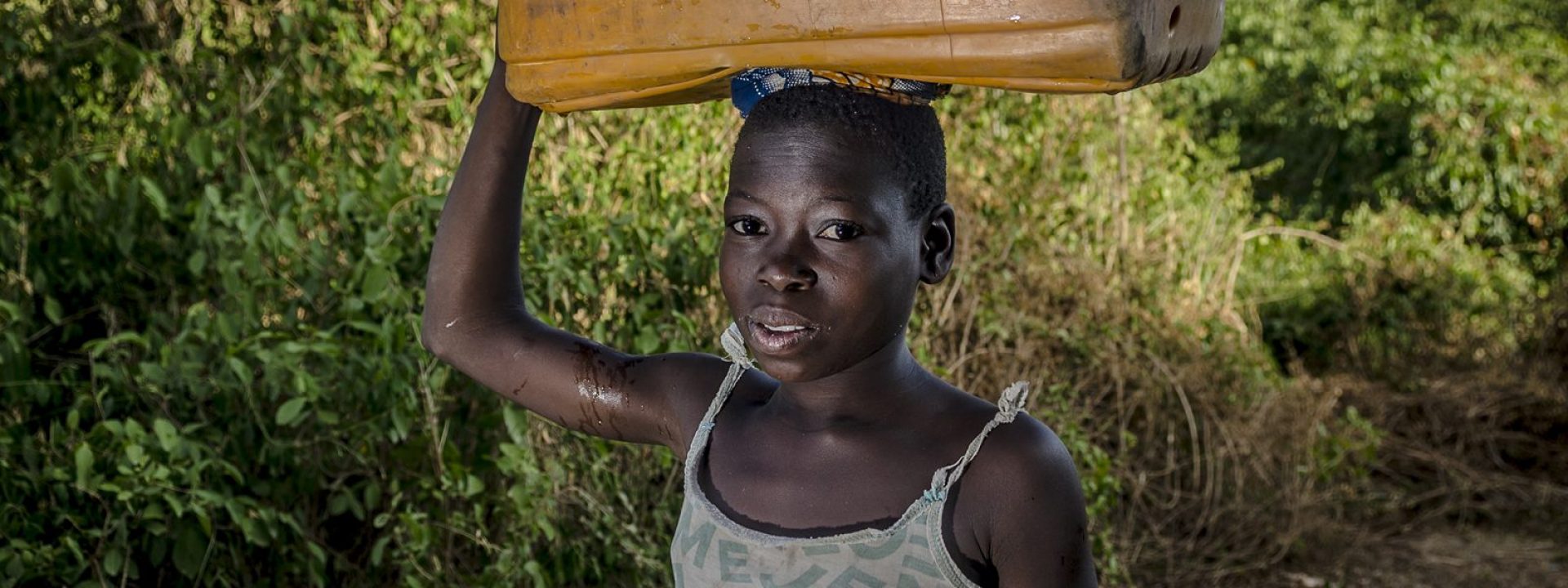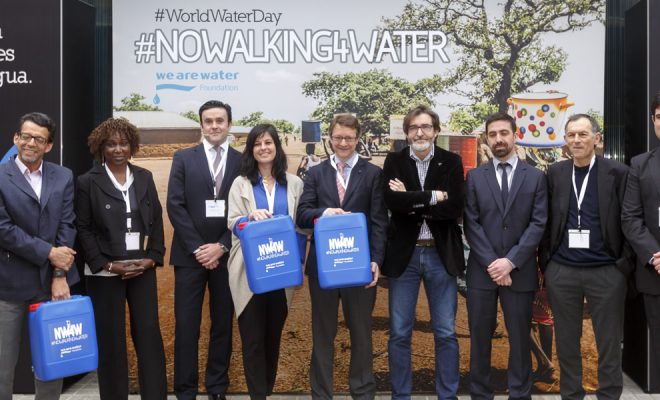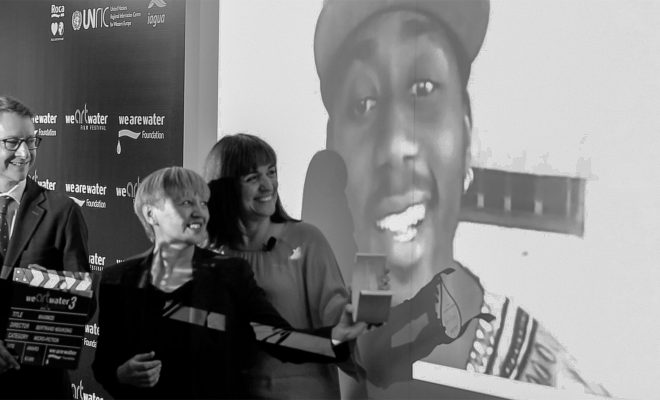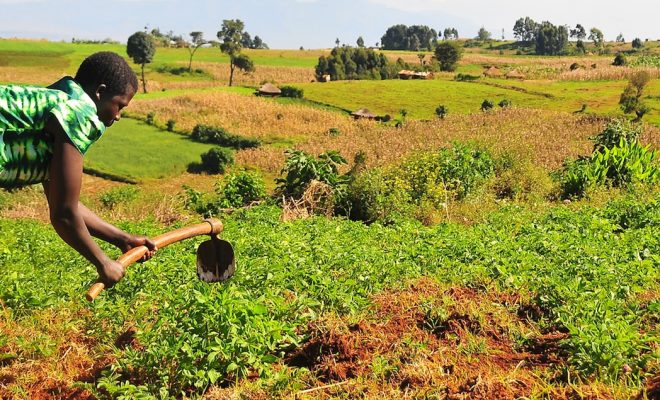Information is essential to solve any problem. If we wish to attain the Sustainable Development Goals (SDGs) we need to start from reliable data, and the figures regarding access to water and sanitation around the world are not reliable. According to the World Health Organisation (WHO), in 2015 91% of the world population, that is, 6.37 billion people, has access to an improved source of drinking water, which means they can drink from a source with hygienic guarantees; the re-maining 9 % lacks this access. These figures show a clear improvement when compared to those in 1990, when only 76% had access, but are these figures real? According to experts, they are not. Not all the affected individuals are present, not all the sources are improved and not all the access to water works in an effective and sustainable way.
The first warning signs on the omissions of many statistics could be seen in reports such as Where every drop counts: tackling rural Africa’s water crisis, published in 2009 by the International Institute for Environment and Development, which pointed out that around 50,000 water sources installed in Africa simply did not work, and therefore millions of people that appeared as supplied were on the dark side of statistics. This denunciation, together with other reports from NGOs, led in 2014 to the recognition by the UN Human Rights Committee that “official figures do not reflect thoroughly the dimensions of the healthiness of drinking water, the accessibility of services and the safety in the management of excreta and waste water.” According to the Committee, these figures underestimate the number of people without affordable access to drinking water and to safe sanitation.
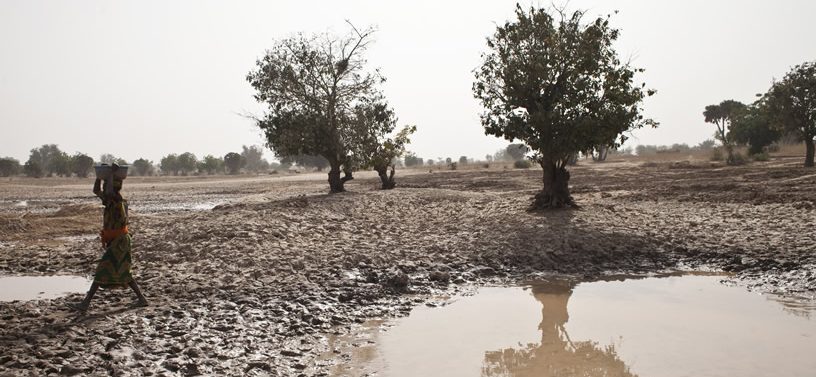
©FAO_Giulio Napolitano
Without data there is no governance
Nowadays there are more people with mobile phones than with bathrooms in their homes; in fact, there are people with mobile phone and without access to water at home. The paradox is that in many cases those people “exist” as phone users but do not exist as victims of the lack of water.
The failures in the census systems and the lack of updated information on the access to water make it impossible to implement effective governance; on the other hand, many governments in the most affected areas do not have a clear and decisive policy which is largely due to that lack of information. In this video, Bertrand Ndukong, winner of the We Art Water Festival 3 in the micro-fiction category with Maximize, sets out the situation in Cameroon where many citizens and instal-lations of access to water are not included in the official registries and where many people have been obliged to drill wells on their own which are beyond any sanitary control.
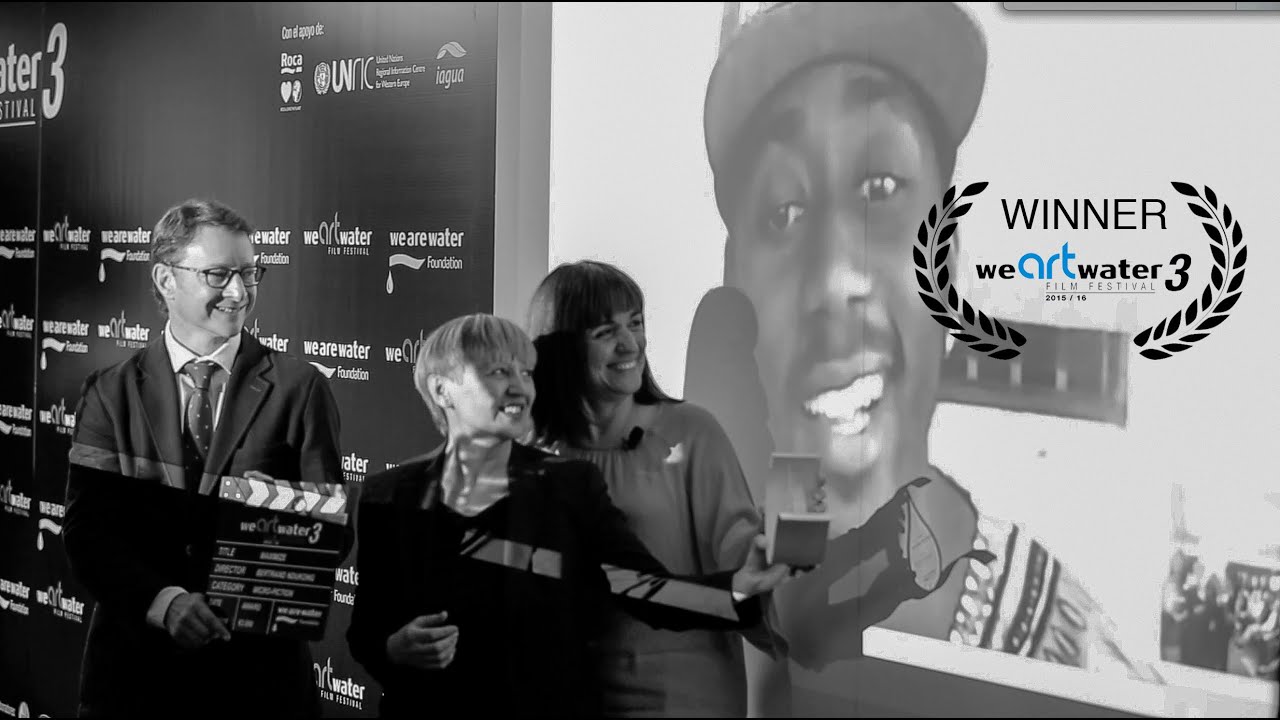
Women and girls, the most affected ones…once again
Regina Gallego, independent international consultant, pointed out at the masterclass Water and jobs. The power to transform our lives, organised by the We Are Water Foundation last March, the political problem that is at the same time cause and effect of the invisibility: “The invisible ones do not vote, and for this reason they stop being important; that is why the water resources are rather destined to mining or industrialised agriculture than to the population. Women are the most af-fected individuals in this process, as they are an even more marginal group within the invisible ones.”
Gallego highlighted other factors that are not entered in the official records, such as the fact that some wells only function at certain times, thus generating long queues of women and girls that waste their time instead of devoting it to their families or education. In that same masterclass, Bombo N’Dir, president of the Association of Sub-Saharan Migrant Women, explained the conflicts generated by this waiting time at registered fountains and pointed out that the lack of education prevents many of them from claiming their rights when those fountains do not work: “Many times the water supply is cut off and there is no information on the quality of the water, which can sometimes be unsuitable. Education is very important when there is a lack of access and poverty, and this can only be achieved with training.”
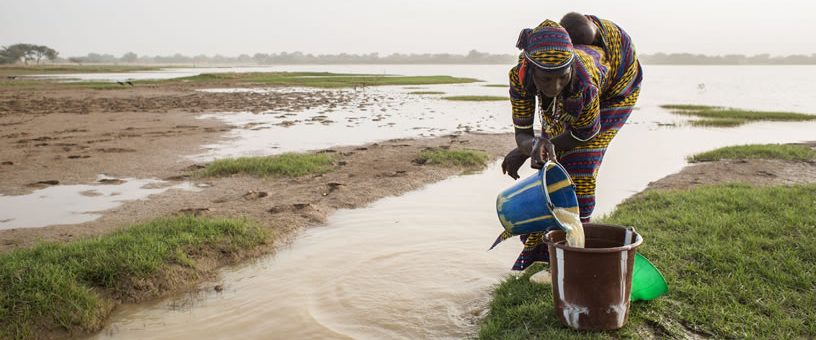
©FAO_Giulio Napolitano
In some countries there are no records of women that give birth before they are 15 years old, as it is considered that they have not reached their reproductive age, nor do they take into account the participation of women in agriculture, the household and the hours spent carrying water, for in-stance. The problem of the invisibility of women and girls in official records was demonstrated by Melinda Gates, co-president of the Bill & Melinda Gates Foundation, at the conference Women Deliver, celebrated last May in Copenhagen. She announced the investment of 71.3 million euros by her foundation to finish with the gender hole in the official records: “When the Sustainable Development Goals were assumed, it was agreed to reach gender equality in 2030, but we cannot fight gender inequality if we do not eliminate the lack of data before.”
It is clear that it is urgent to shed a light on that dark statistic area that hides reality and there are various projects that, apart from the one by the Bill and Melinda Gates Foundation, aim to end these official records, such as the one by UN Women—called Making Every Woman and Girl Count— focused on helping countries in the improvement of the production of statistic infor-mation, of the accessibility and the collection of these gender variables.
Without reliable data we will not be able to advance in ensuring the access to water and sanitation for everyone. For campaigns such as #NoWalking4Water to be successful it is essential to end all shortcomings and the sexism of official records, so that all of us can find out what happens to water and who is affected by it.
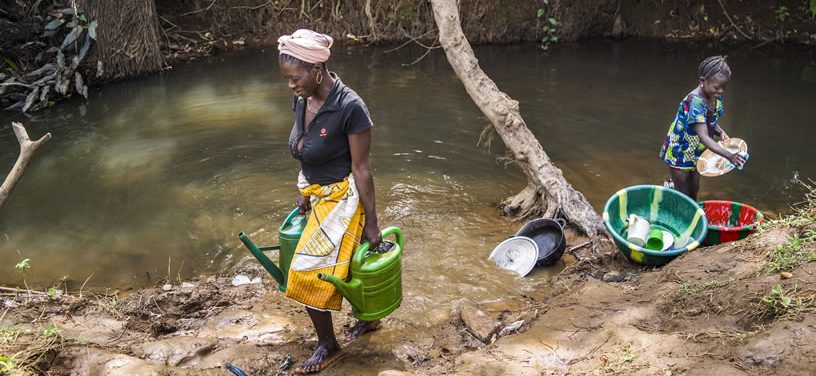
©FAO_Giulio Napolitano


